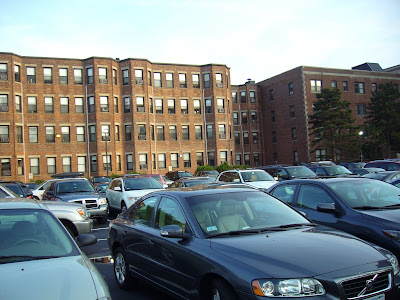
It has been many week since I have written a post. This is due to a variety of reasons.
I am currently working as an intern at the United States Senate. I am involved in variety of projects and activities related to a variety of topics. My primary focus has been active transportation in relation to obesity prevention.
I will no longer be posting in this space because this space no longer has the capacity to reflect my current and full views.
I was initially attracted to writing on the topic of "Urban Transport Revolution" (or initially as "Transportation Solutions from a Burqueño") as a result of trying to follow the ideas and concepts of the existing Streetsblog community. Having an existing blogging network to join seemed much easier than trying to create a following from scratch. While this concept worked well for awhile, it eventually led to posts which were too focused on urban transport related issues vs. larger concepts that I wanted to cover.
I love the Streetsblog community and I find it wonderful. However, I personally want to explore some broader concepts related to transportation, urbanism, history, built environment, government and community. Since the title "Urban Transport Revolution" fails to cover all those bases, I can not post here anymore. The current title also alienates many parties that i would like to appeal to. I have changed the name of this blog too many times already; another name change would be defeating to my overall purpose of this space, as well as make it inconsistent with previous posts in this space.
KEY POINT: I will no longer be posting consistently here. HOWEVER, once I have a better idea of what I want to write about, I will begin writing again, on the Wordpress platform. Once I figure out the logistics of that, I will post the link to my new web log here.
Thank you for reading! Though I will not be posting here anymore, emails, comments and questions are always welcome.
Dan M.





 4th Ave. and Elm St.
4th Ave. and Elm St.  4th and University, looking North
4th and University, looking North 4th at Catalina Park, looking North
4th at Catalina Park, looking North 4th and Speedway, looking North
4th and Speedway, looking North 4th Ave. at Catalina Park
4th Ave. at Catalina Park





































